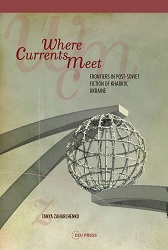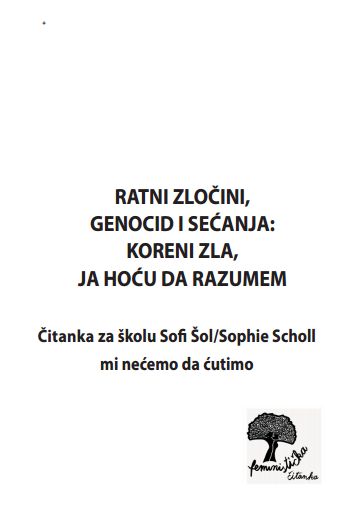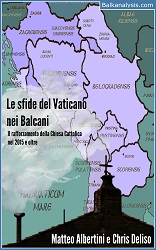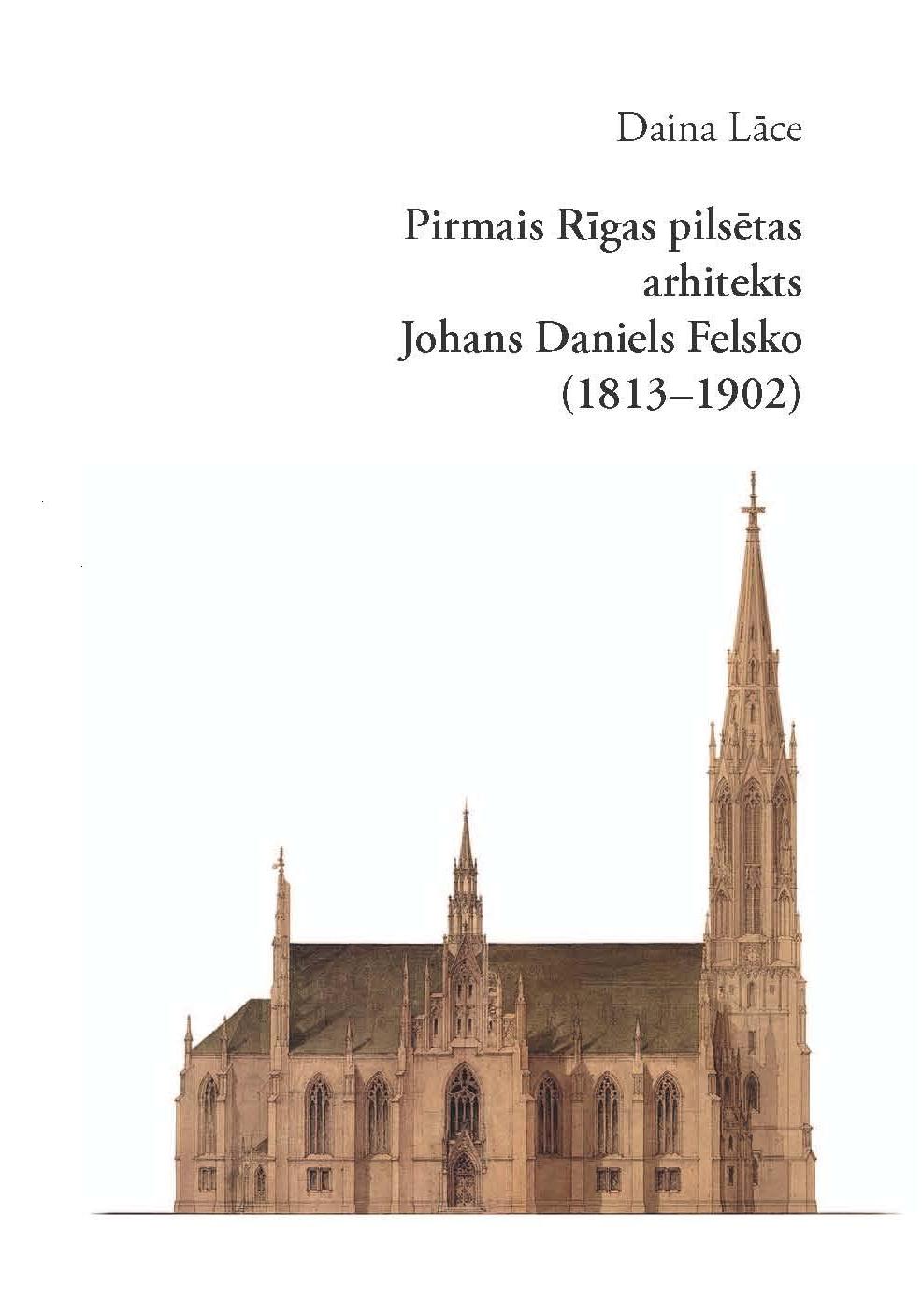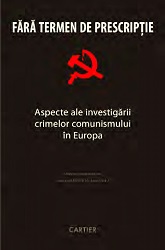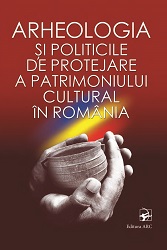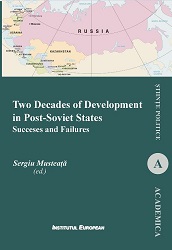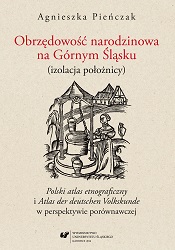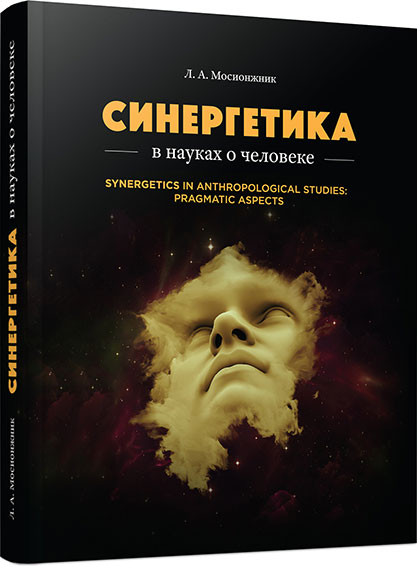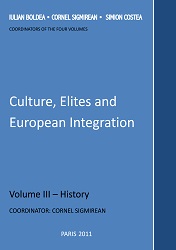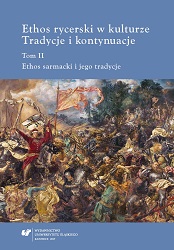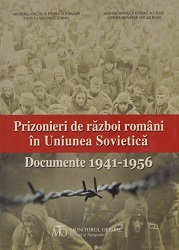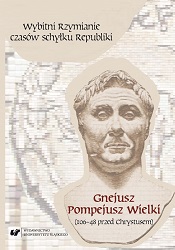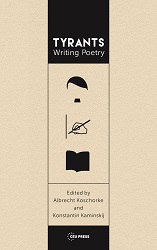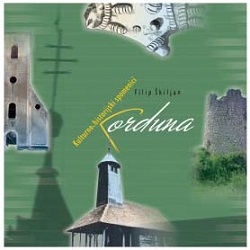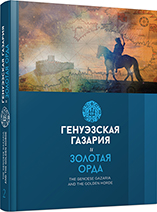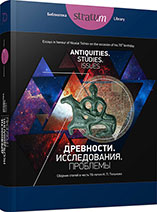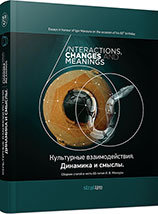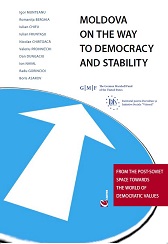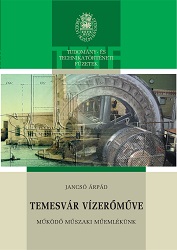
Temesvár vízerőműve: működő műszaki műemlékünk
The city on the Bega River can show its pride, among other things, in its many industrial monuments, witnesses of the economic boom it experienced between the end of the XIXth and the beginning of the XXth. Those industrial traces are as important as the fortresses, the palaces, the castles, the churches and the monasteries of the area, because they illustrate, too the result of the work, the sacrifices and the aspirations of the communities to which they belonged.A pearl of industrial archaeology is the hydroelectric power station from Timişoara, known among the inhabitants by the name „The Turbins”. She will be, on the 3rd of May 2010, a hundred years old.The Bega River harnessing was begun in 1728, but only at the beginning of the XXth century it was fully transformed in a modern navigable canal, with a length of 120 km. and six hydro-technical knots (pound locks) (dam, lock [10].In the territory of the Timişoara/Temesvár city, Bega River was schemed for modern navigation up to the Fabric neighborhood, where the waters of the river spread in multiple canals and branches. The weirs were used to ensure the water chute for moving the wheels of watermills. Eight such watermills were in the property of the city and their lease brought a solid income to the city’s budget.But, at the end of the XIXth century the watermills’ mechanical efficiency was lower than those of the new steam-engine mills. The city administration decided to use the water energy more efficiently through the building of a hydroelectric power station. There were also in plan: the draining of the Fabric/Gyárváros neighborhood, the lowering the level of the phreatic waters, the elimination of the channels that transformed this neighborhood in Timişoara’s own Venice, the building of a new canalized river bed that would allow the access upstream of the biggest barges standardized for the navigation on the interior rivers. The building of a hydroelectric power station, through which it will be „exploited much more efficiently the energy of the Bega’s waters”, was decided by the Town Council. The large scale project of urban planning – important due to both architectural and public health issues – of eliminating the old streams and canals that spread in the Fabric neighborhood and the building of the hydroelectric power station was made by Timişoara/Temesvár’s engineerin-chief, Emil Szilárd. In the chapter dedicated to the expense-income issue, the engineer-in-chief demonstrated that, by the construction of a hydroelectric power station simultaneously with to draining of the neighborhood, this large investment of city planning will pay-off very quickly.Timişoara was a pioneer in this field, because the building of hydroelectric power stations was at its earliest stages across Europe. The first hydroelectric power stations were erected in the last decades of the XIXth century. Between 1893 and 1911, in what was then Hungary, 39 hydroelectric power stations were build for public use, out of which, the ones from Târgu Mureş/Marosvásárhely and Timişoara/Temesvár had an installed power of over 1000 HP.On the nowadays territory of Romania, the hydroelectric power station from Timişoara is the first a hydroelectric power station of the type dam – power station (hydroelectric dam).The hydroelectric power station, „built by the most modern knowledge”, was planned to be erected in the eastern edge of the city, the area where the Bega River, coming from the Ghiroda village enters Timişoara/Temesvár’s territory. Downstream from the hydroelectric power station, engineer-in-chief Szilárd envisaged the digging of a new canalized riverbed, 2400 m in length, and with a transversal section large enough to ensure a large flow of water. After the end of the works, the level of the Bega canal became lower with 4,40 m. The new riverbed was designed with the characteristics that would also allow the navigation in that sector. On top of the riverbed there were planned three new bridges, made in concrete steel. The one on the Park Street became famous because it was the largest bridge on concrete steel beams (Gerber system) in the world at the time [11], [12], [13], [14], [15].The cost estimate was of 1.700.000 crowns. The engineer-in-chief demonstrated, through detailed calculations, this investment will help save a 188.179 crowns worth of coal, thus it will pay-off very fast.The diggings of the new canalized riverbed, 2400 meters long and most of the power station’s construction works were finished by 1909. In the time of the building activities, the Bega waters were re-directed through the riverbed of Vâna Roşie/Vörös ér and of Suboleasa/Subolyásza so that the new riverbed, the power station and the three birdges were built on dry land. The architectural design of the power station’s building and annexes were madeby the famous city architect-in-chief, László Székely, in a historicist style, with many elements of Hungarian Seccessio influences. The majority of the power station works were made by the Hungarian building firm „Magyar Beton- és Vasbeton Építési Vállalat Wayss G.A. és Tsa.” from Budapest. The small-scale works were commissioned to some firms and entrepreneurs from Timişoara.The hydroelectric power station was equipped with three identical motor groups: each a triplex horizontal Francis turbine, producing 660 HP, with 140 rpm. At a water level difference of 5 m, each turbine needs a water flow of 12,85 m³/s, totaling 36-37 m³/s for the whole power station. The turbines and the generators have the same axis. The three power generators have a power of 400 kW each and are producing alternative biphasic electrical current with a tension of 2 × 2100 V.The turbines were bought in 1909 from the well-known Budapest firm „Ganz Danubius” and the generators from the sister-firm „Ganz-féle Villamossági R.-T.”. The Ganz group was already experienced from works on the electric power stations all over the world, of which, the largest was the hydroelectric power station from Tivoli that supplied power to the Italian capital. The calculations and planning for the power station’s installations were made by the two supplying firms.Due to unexpected expenses, the final cost of the investment was 2.132.950 crowns.Timişoara’s hydroelectric power station began its service at the 3rd of May 1910. In the first full year, it produced 4.132.000 kWh, which was 89% of electricity consumption of the Banat’s city. „We can say the hydroelectric power station is the most successful in the whole Hungary and is the proud successor of the oldest Hungarian hydroelectric power station both technically and economically. Timişoara / Temesvár remained loyal to itself when it accomplished this power station and has set an example about the way it should be organized and used such a communal station” wrote dr. Mihály Seidner in an article featured in the technicians magazine from Hungary, in which he made a presentation of the hydroelectric power station from the city on the Bega River.During the First World War, Timişoara/Temesvár felt less the lack in coal supply, due to the electricity provided by the hydroelectric power station on the Bega river.After the First World War, Timişoara/Temesvár and about two thirds of the historical Banat province were included in the territory of Romania. After the nationalization of the main inputs (11th of June 1948) in the socialist era the station became a sub-unit of different state departments. After 1990, the hydroelectric power station built with the citizens’ money returned into the possession of the city administration. It was kept in good conditions, the 100-year old installations still work today, the machines’ hall was beautifully renovated and the building that houses the command mechanisms for the weirs was restored following the original model in an exemplary manner. The hydroelectric power station – „The Turbins” from Timişoara/Temesvár – is a working technical monument, an extremely valuable sample of industrial archaeology.
More...
